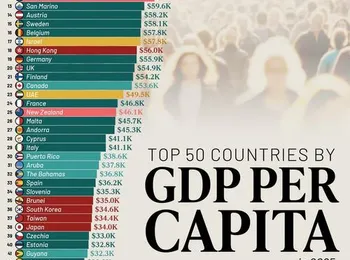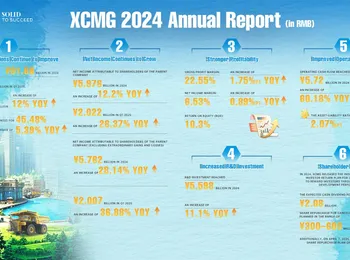Australia’s labour market demonstrated remarkable resilience in May, showcasing a slight decline in total jobs – a decrease of 2,500 – which fell short of anticipated growth of 22,500. Despite this dip, the overall picture remains one of sustained strength, largely driven by the robust performance observed in April. The May figures, while representing a decrease, followed a period of significant growth, indicating an underlying trend of continued employment expansion. Crucially, the unemployment rate remained steadfast at 4.1%, a level it has maintained for over a year, a testament to the market’s ability to absorb incoming workers. This stability is a key indicator of a healthy economy and provides reassurance to policymakers and investors alike. Furthermore, the rise in full-time jobs – a substantial increase of 38,700 – highlights the ongoing demand for permanent employment opportunities, a sector often characterized by greater job security and benefits. This positive trend is complemented by the rebound in total hours worked, which increased by 1.3%, suggesting that workers are not only gaining employment but also benefiting from increased working hours. However, it’s important to note a slight decrease in the participation rate, which edged down to 67.0%, potentially indicating a shift in the workforce dynamics or a slowdown in labour force participation. Despite this minor reduction, the underlying strength of the labour market is evident through the continued stability of underemployment and job advertisements, both of which remain relatively steady. This suggests a persistent and consistent demand for labour across various sectors, bolstering confidence in future economic growth.
This combination of factors – a resilient labour market, accommodative monetary policy, and stable inflation – paints a picture of an economy cautiously navigating towards a more sustainable growth path. The continued stability of key indicators provides a foundation for further economic expansion, offering both opportunities and challenges for businesses and individuals alike. Looking ahead, monitoring the evolution of these trends – particularly the participation rate and the trajectory of job advertisements – will be crucial for assessing the long-term health of Australia’s labour market and informing future policy decisions.
Reuters reported insightful commentary from Oxford Economics, emphasizing that the May decline reflects a natural correction after April’s surge, rather than a sudden and alarming downturn. This perspective is critical, as it allows for a more nuanced understanding of the market’s behaviour and avoids premature conclusions.
The financial markets reacted minimally to the news, with expectations for July rate cuts remaining unchanged. The Reserve Bank of Australia (RBA) has already implemented two interest rate cuts this year, bringing the cash rate to 3.85%, in response to easing inflation and persistently weak economic growth. These actions demonstrate the RBA’s commitment to supporting economic activity.
Investors continue to anticipate around 70 basis points (bps) of further interest rate reductions by the end of the year, reflecting a belief that the labour market’s resilience will contribute to a broader economic recovery. The consensus expectation is that the jobless rate will peak only slightly higher than 4.3% before eventually declining.
























